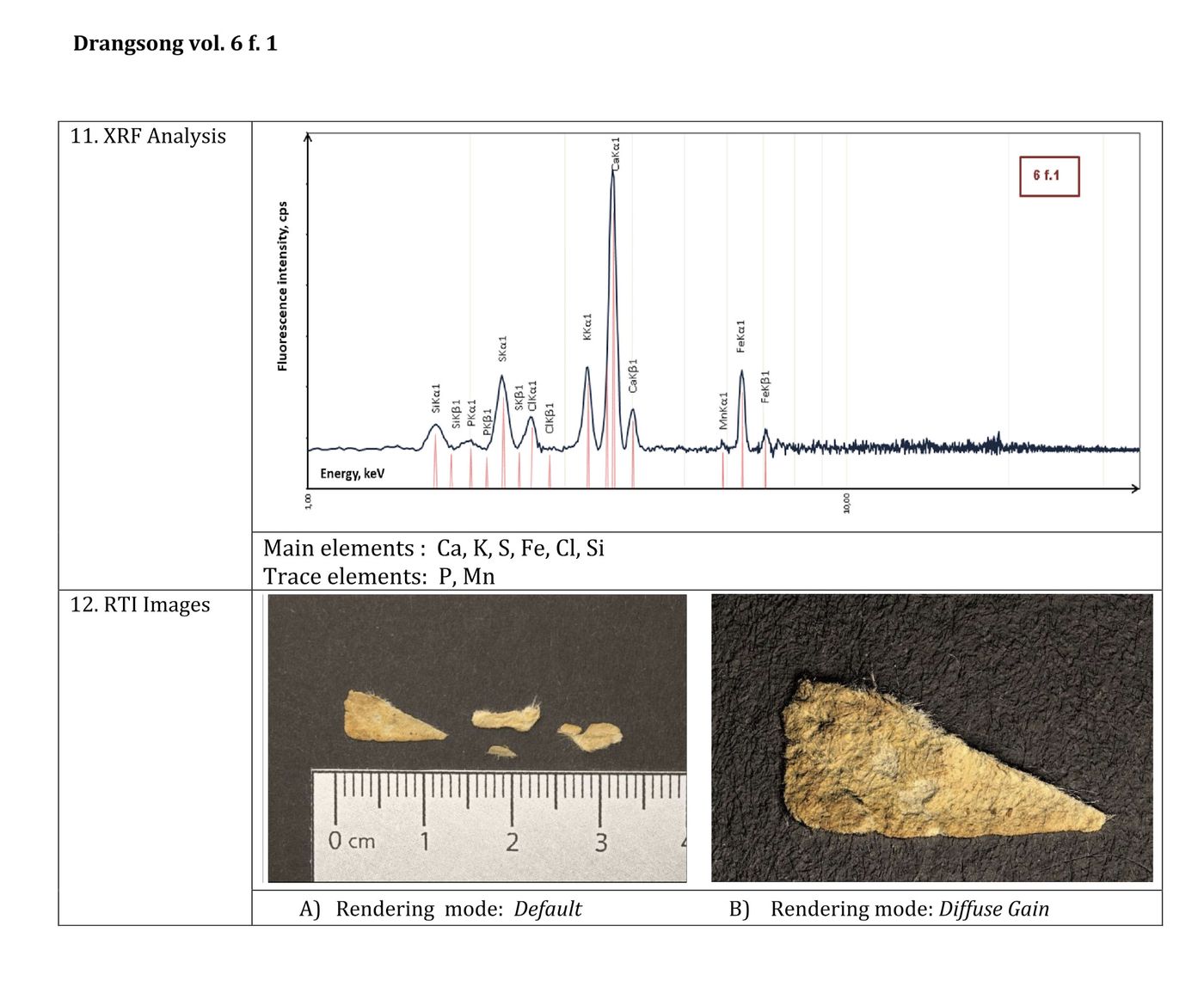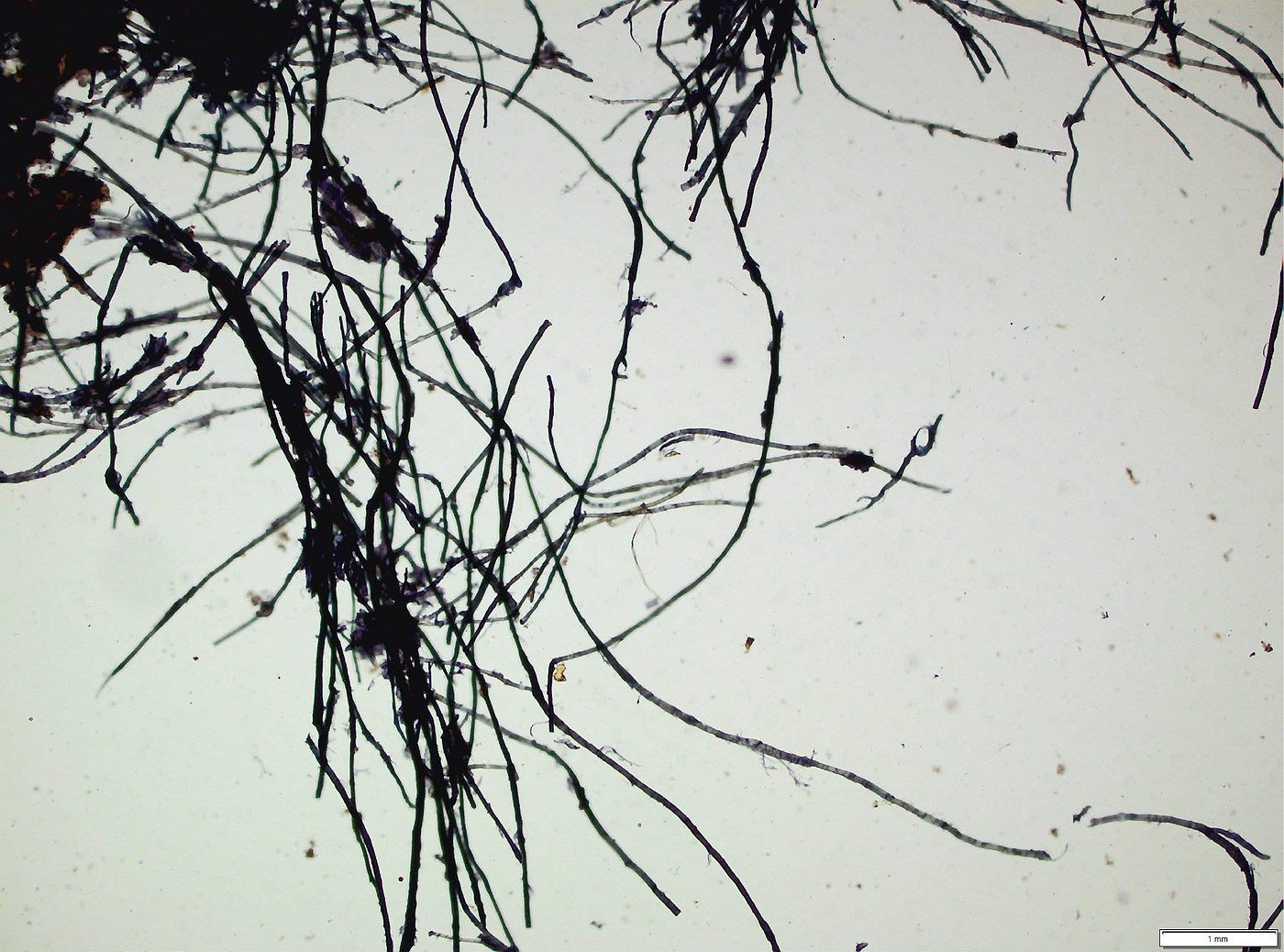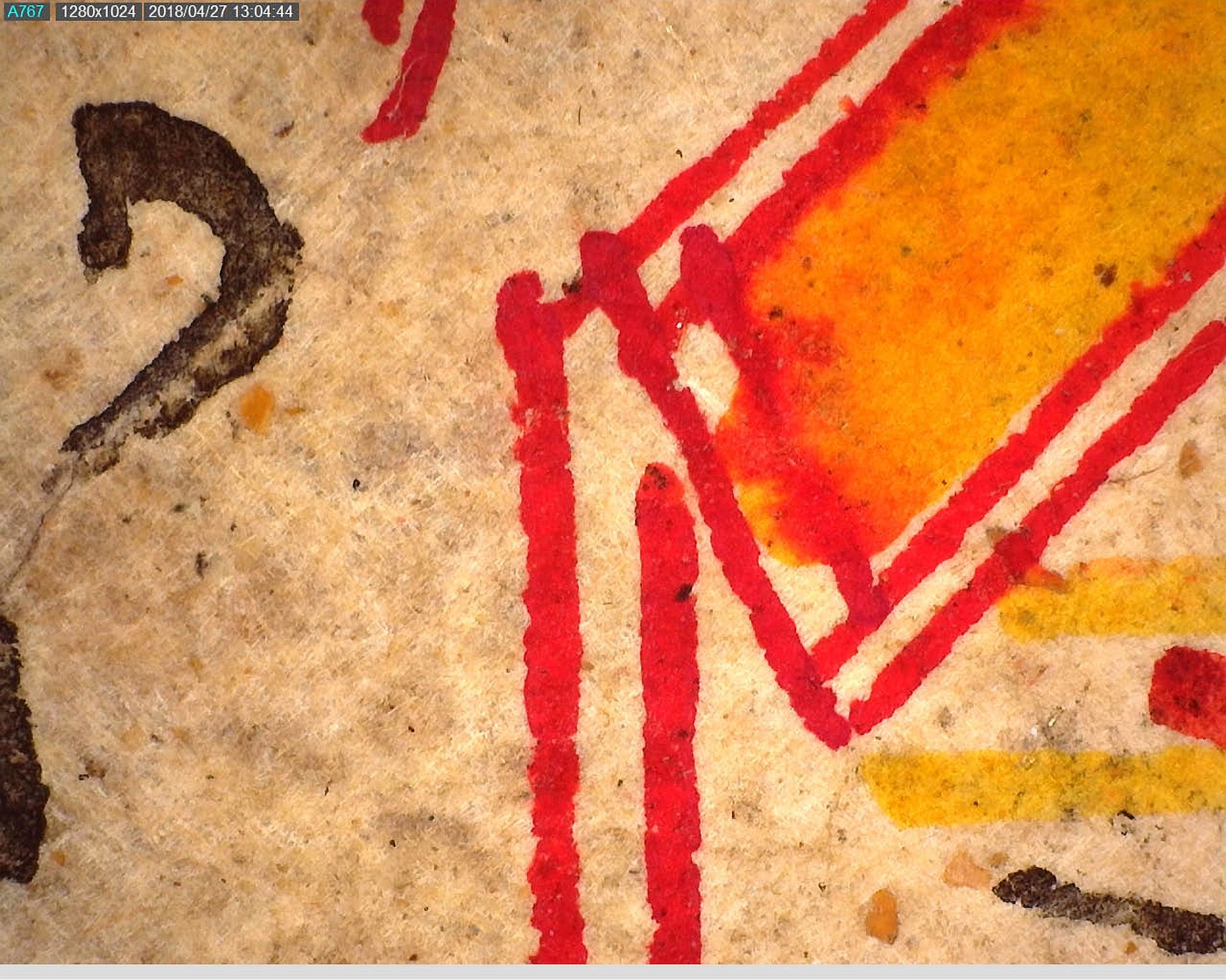DRANGSONG MANUSCRIPTS
|
1. Text number
|
Drangsong 006 |
|
2. Text title (where present) in Tibetan |
༄༅།།ཞིང་ལ་འབུ་ཚག་པ་སོགས་སྲིན་འབུའི་རིག[རིགས]དང༔ བྱ་དང་བྱི་བ་ལ་སོགས་པའི་བཞི[ཞི]བའི་བསངས[བསང] གི་རིམ་པ་དགོས་འདོད་འབྱུང་བ་བཞུགས་སོ༔ |
|
3. Text title (where present) in Wylie transliteration |
Zhing la ’bu tshag pa sogs srin ’bu’i rig[rigs] dang/ bya dang byi ba la sogs pa’i bzhi ba’i bsangs[bsang] gi rim pa dgos ’dod ’byung ba bzhugs so/ |
|
4. A brief summary of the item’s contents |
Fumigation ritual for removing field-parasites and illnesses and for ending wars. |
|
5. Number of folios |
20 + cover + table |
|
6. Scribe’s name |
None |
|
7. Translation of title |
Fumigation ritual for removing grasshoppers, other insects and birds from the fields, and also for treating diseases of humans and cattle and for resolving conflicts, among other things. |
|
8. Transcription of colophon |
Mi rje tshe dbang phun tshogs kyis bzhes ngor bde chen gling pas sdan yul rtse mtho padma ri nas bris pa’o/ |
|
9. Translation of colophon |
Written by bDe chen gling pa at the high peak of Padma Ri, in sDan (=’Dan) yul, at the encouragement of the ruler Tshe dbang phun tshogs |
|
10. General remarks |
The author, bDe chen gling pa (1833–?) is a well-known gter ston (treasure discoverer) in both the Bon and Buddhist traditions. The location where the text was written, ’Dan ma, is in ’Jo mda’, Kham, the west bank of the ’Bri chu river. |
|
11. Remarks on script |
dbu can throughout |
|
12. Format |
Deb ther sewn at the top
|
|
13. Size |
6.5 × 25.8 cm |
|
14. Layout |
2 lines of text on the verso side of the upper cover framed with trapezoidal border painted with yellow, then 4-5 text lines composed between the side margins sketched with double red line. Yellow scribal guidelines clearly visible. |
|
15. Illustrations and decorations |
Appended to the text is the image (ink drawing) of a model or substitute for a wooden tablet drawn with a gtor ma and used in ransom rituals. It was drawn on the same paper with yellow rulings as the rest of the manuscript, cut out, and slipped in after the last page of the text. This drawing of hexagonal shape is meant to be seen vertically, with its longer triangular side orientated towards the ground like a stake. Five lines mark the junction of its bottom and main parts and three others the junction of its main and top parts, thereby clearly dividing it in three sections. At the centre of the main, rectangular part is represented a tall, slightly tapered gtor ma adorned with a spiral at its base and with a jewel surrounded by two multi-lobed halos at its top. A clockwise svastika and the seed-syllable hūṃ occupy the bottom left and right corners of this section, respectively, and schematically drawn clouds occupy its top corners. The bottom part of the drawing is left blank, while its top part is ornamented with three flowers at its angles. Such a hexagonal object is varyingly called in literature a glud tshab with regards to its function as a substitute in ransom rituals,[1] a shing byang or shing ri[2] with regard to its usual support being a wooden board, as well as a byang bu[3] and a khram ris[4] depending on its exact type. This drawing most probably served as a model for actual ritual substitutes in wood or paper, as suggested by the indication of the colours in which to paint its different parts with the letters tha (for mthing ka, ‘blue’), la (for li khri, ‘orange’), and sa (for ser po, ‘yellow’), possibly as well as with the figures 1 (for white?) and 2 (for black?). [1] See Robert Beer, The Encyclopedia of Tibetan Symbols and Motifs, 1. ed (Boston: Shambhala, 1999), 325. [2] See Michael Henss, Buddhist ritual art of Tibet: a handbook on ceremonial objects and ritual furnishings in the Tibetan temple (Stuttgart, Allemagne: Arnoldsche Art Publishers, 2020), 406. [3] See Ferdinand Lessing, ‘Calling the soul: a lamaist ritual’, in Semitic and Oriental studies: a volume presented to William Popper, professor of Semitic languages, emeritus on the occasion of his seventy-fifth birthday, October 29, 1949, ed. Walter Fischel (Berkeley/Los Angeles: University of California Press, 1951), 267; René de Nebesky-Wojkowitz, Oracles and Demons of Tibet: The Cult and Iconography of the Tibetan Protective Deities, repr. Gravenhage: Mouton, 1956 (Kathmandu: Book Faith India, 1996), 359. [4] See https://www.artic.edu/artworks/158112/part-of-a-ten-piece-set-of-printed-ritual-stakes-khram-shing. |
|
16. Paper type |
Woven, 2 layers |
|
17. Paper thickness |
0.23–0.27 |
|
18. Nos of folio sampled |
f. 1 |
|
19. Fibre analysis |
Daphne sp. |
|
20. C14 dating |
|
|
21. XRF analysis |
Main elements: Ca, K, S, Fe, Cl, Si Trace elements: P, Mn |
|
22. RTI |
|
|
23. Chromatography |





